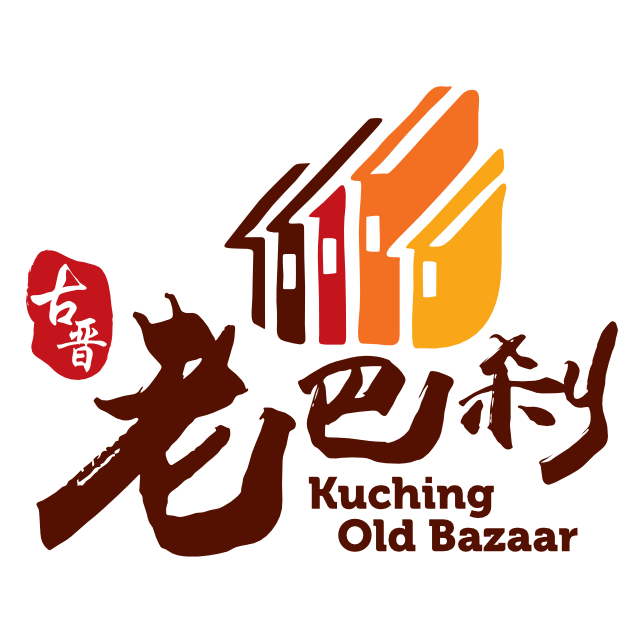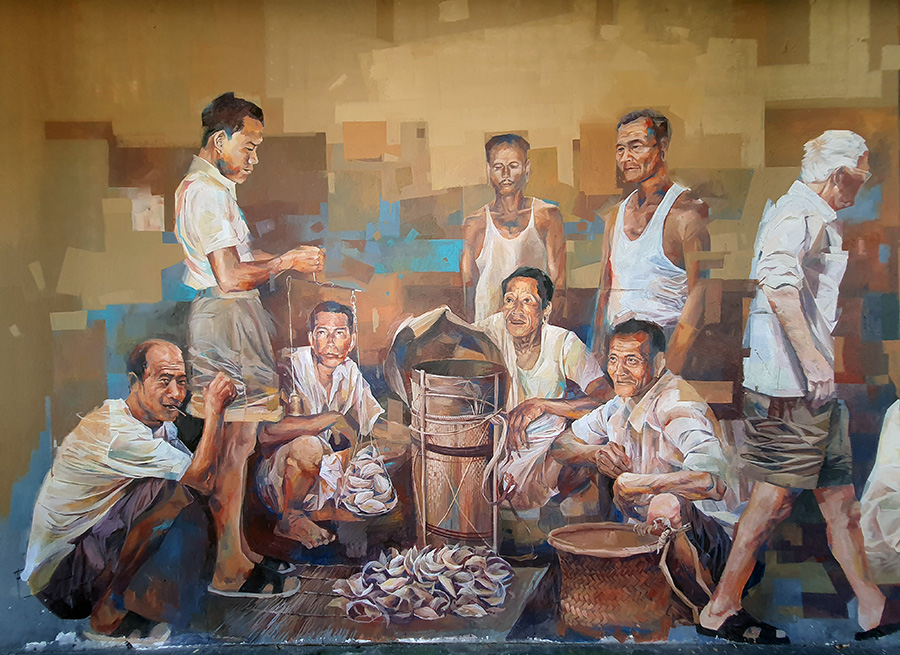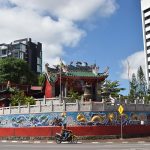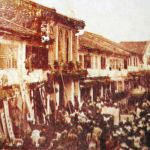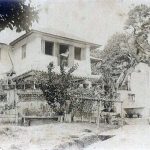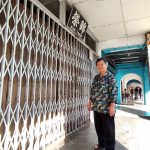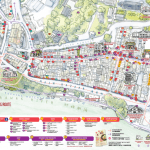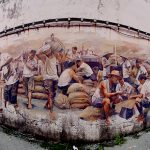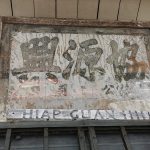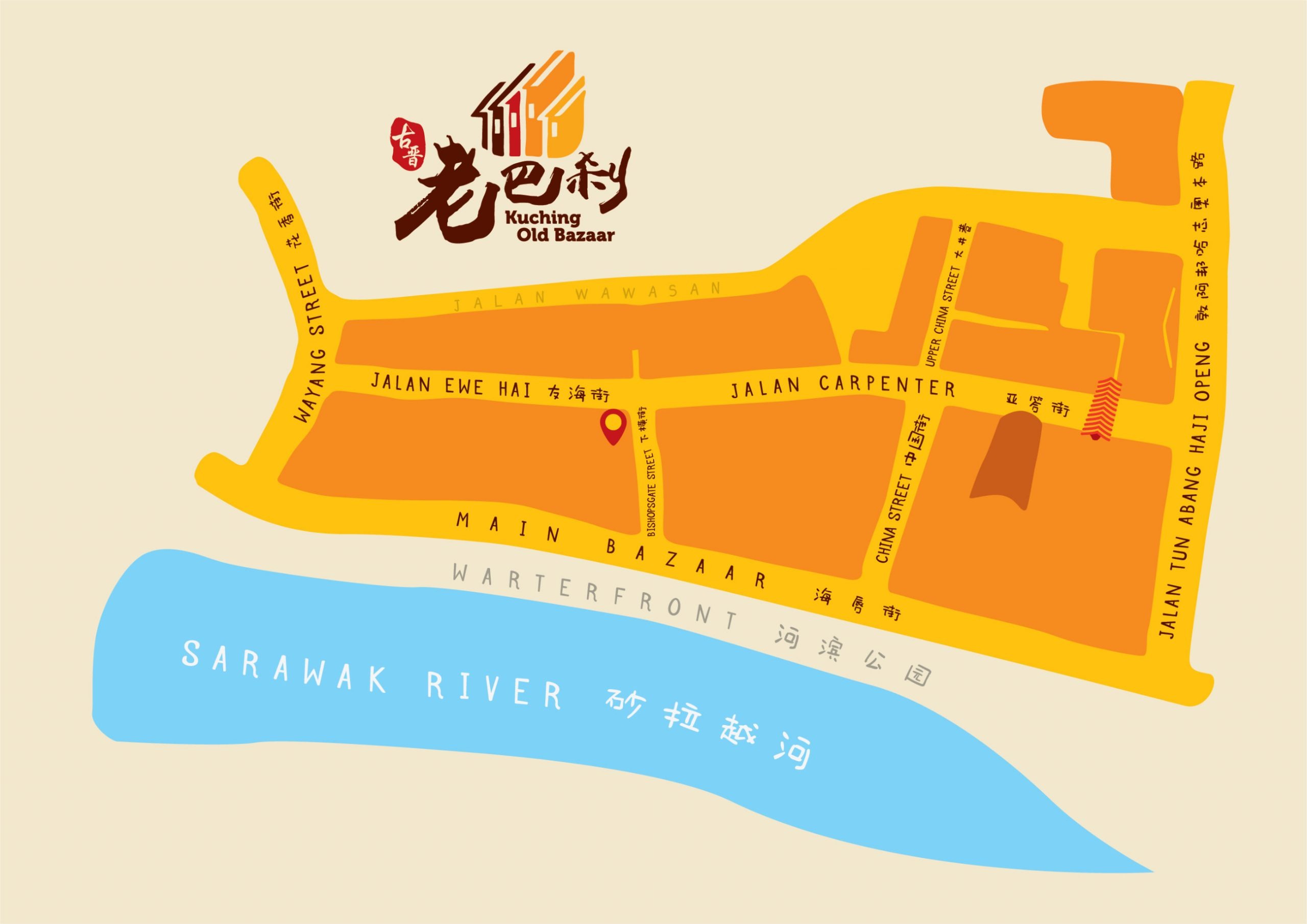
Sundry shops were the main business model during the early days at the Old Bazaar. Apart from food and daily supplies, one can also find local products in these shops, such as jungle birds’ nests, sandalwood, camphor, rattan, trifoliate, oxskin, hornbill’s horns, and crests, etc. On top of that, they also sold coconuts, rubber, gula apong, pepper, belacan, etc.
These products did not only come from the surrounding areas but also originated from the Dayaks who lived in the landlocked or even coastal areas. With their goods, they would either row their boats or walk to the Old Bazaar with their baskets on their backs in order to trade with the Chinese businessmen. Therefore, it was a regular sight to see the bosses standing in front of their shops deep in discussion with the Dayaks. These trades were also not necessarily monetary in nature. Barter trading was a common practice as the Dayaks would use these local products to exchange for food and daily supplies.
Mural artist:Leonard Siaw
壁画 – 土产交易
杂货店是古晋老巴刹早年主要的商业模式,店内除了售卖各种食品和日常用品,也售卖各种土产,比如采集自森林的燕窝、香木、樟脑、山藤、树枳、野牛皮、犀鸟角、犀鸟冠、日罗东等;还有椰子、树胶、亚答糖、胡椒、峇拉煎等都可以在杂货店里找到。
土产除了来源自周边地区的大小园丘,也有很多来自内陆或海口地区的达雅人,或划着船载来货物,或背着竹篮徒步跋涉到巴刹,与华人头家进行交易。于是,经常可以看见头家和达雅同胞们在店前称斤论两,而这些“交易”未必是以金钱进行,很多时候是物物交换,以土产换取达雅人需要的日用品和食品等。
画家:萧全成
